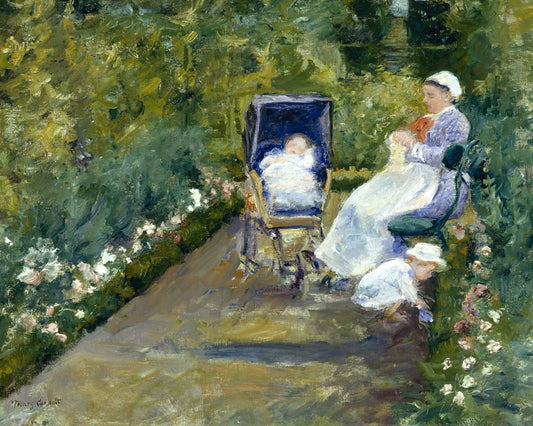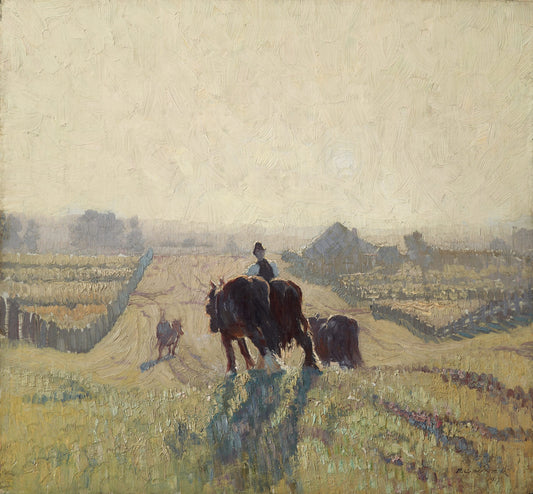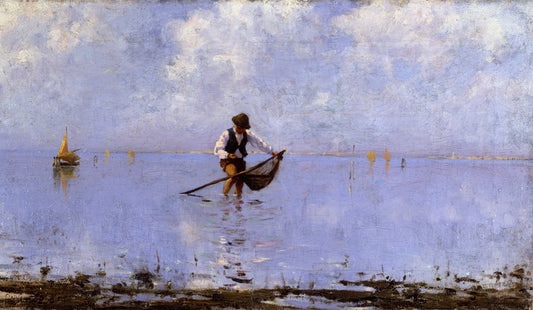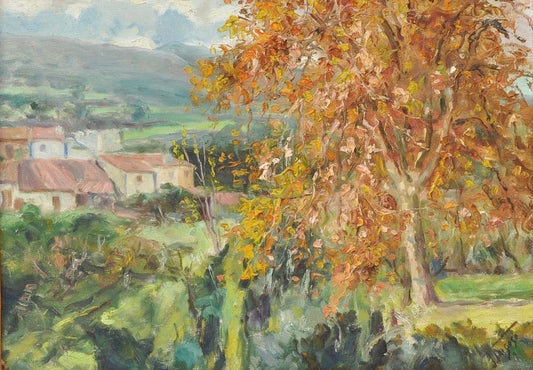“I’ve been good. Things have been busy, but good.”
This may be one of the most commonly used responses to the question, “How are you?”
In a fast-paced culture, reflective questions like “How are you” are natural moments of pause in our otherwise frenetic days, weeks, and months. We are so used to go-go-going, that when someone stops us and asks what our recent experience of life has been, it’s hard for us to respond with a thought-out, in-depth answer because...
We truly don’t know.
So we pause and scan our memory, searching our rearview mirror for an answer, only to find that a lot of life has flown by and it’s flown by fast.
We see the blur and the feelings that surround it - and we give it a name.
Busy.
“Busy” is that feeling of looking back and seeing everything blur together.
It’s when we arrive at the present moment with little clue what got us there, yet still feeling depleted, behind schedule, and disconnected.
But we can easily misunderstand busy. We tend to think that busyness is a qualifier for our activity; when in fact it’s actually a qualifier for the anxious feelings we experience around our activity. Busyness rarely describes our amount of action; it describes our amount of anxiety. This is why someone can automatically respond “I’ve been busy” after a vacation or holiday; even rest can feel busy.
Busyness ≠ our action
Busyness = experience of our action
While this shift in understanding may seem subtle, it has massive ramifications as we realize that the problem, the reason we feel so busy, isn’t necessarily our full days and lives. Rather, it’s the notion that we are living in a state of constant distraction and anxiety instead of dwelling in what is. We are spending most of our waking hours everywhere but the present.
______________________________
Looking closely at the life of a Monk you will see that they are deeply engaged in the tasks of life. What can be confused from a distance as a carefree existence, upon closer examination is a life full of very difficult work. Whether it be in meditation, prayer, teaching, manual labor - even fostering and growing through community - the life of a monk is marked with many difficult and challenging tasks.
Action is not the problem. Action and engagement is a means to growth, connection, fulfillment and generous impact. Frenetic, distracted, anxious, mindless action (or lack of action) is the problem. We need to learn the art of keeping busy without feeling busy.
We learn from the children that this is possible. It’s not uncommon to describe a child as “busy,” a term that describes levels of high engagement and activity devoid of the anxiety we often experience as adults. While it is attractive to attribute this ease and focus to the child’s lack of “real” responsibilities, this is a disservice to the lessons we can learn from their way of life.
Children operate with a certain single mindedness, experiencing the freedom that comes from engaging in the present moment. Monks achieve a similar way of being, using a structure and rhythm that allows for a clarity of purpose that emerges only when one knows that at any particular time he or she is focusing on exactly what he or she is meant to be doing.
Achieving this same level of peace, may be more difficult for us taller children living in the world, but it is not impossible. For the rest of us, it comes down to building the muscles of awareness and intentionality.
____________________________
We feel busy when we leave single-minded focus, when we leave the experience and reality of life as it is in the present. The moment when we are rushing from one thing to another, disunified in our action. It’s spending our present moment vacillating between the past and future, which leads us to that twofold downfall — not actually getting anything done, while also feeling anxious all the way through. This form of action is not productive. The mere fact that we feel busy - shows that we are almost definitely not operating in our greatest capacity or doing our most important work.
Active, engaged, single-minded focus, on the other hand, does make us more productive, creating a twofold upswing; we not only experience greater peace and creative focus in the present moment, we also improve the stability of our character, circumstances, and environment over time. This approach to life creates a positive flywheel, rather than the negative flywheel of busy disoriented action.
The path to a fuller life isn’t inaction; it is a life of intentional, fully-present action.
Here are some practical ways to start reducing that busy feeling:
-
Track your time for a 24-hour period. In the beginning of the day, write down how you plan to spend each hour of that day. Then next to this schedule, track what you actually did every hour on the hour. Observe the gap between how you think you spend your time and how you actually do spend that time. Find the areas where life needs more whitespace and give these areas more space. Sometimes, we feel the constant sense of being behind because we aren’t realistically considering how time-consuming certain tasks can be, like getting ready for the day or making dinner. See what those tasks actually require and adjust accordingly. Also, pay attention to the distractions. The goal is not to root out play, curiosity, or stillness. The goal is simply to become more aware of how you spend your time, and then through this awareness to engineer a more intentional and free approach.
-
Prepare for single minded action in advance. Without a plan, we are faced with constant decision-making throughout our day. Having to constantly decide how to spend our time drains our mental capacity and pulls us out of the present moment and into the future, depleting our energy as we try to work out how to invest our lives on the fly. Presence emerges when we find ways to limit the need to juggle “what ifs.” Wherever possible, commit to a course of action prior to that course of action. The goal is not rigidity, but rather open handed preparedness. Intentionally setting out goals and tasks for your days, weeks, and months will help provide you with the freedom to be present in the moment.
-
Spend time reflecting daily. Due to the velocity of our lives, it’s easy for us to lose perspective on time. As a result, we tend to treat our time like a multi millionaire without a budget, when in fact we are all on a relatively low fixed income. No matter how rich you are or how talented, we all only have 24-hours each day. Daily reflection will train you to have a present mind, but we need regular rhythms of reflection to hone that muscle.
-
Say no. This may seem simple, but the only way to do more of anything is to do less of something else. Every “yes” of yours is a “no” to everything else, so be wise with what you say “yes” to. Likewise - everything you proactively say no to - creates the opportunity and freedom to say yes to something else. This is the genius of monastic asceticism. Pay attention to your commitments and get comfortable with being uncomfortable. Build the superpower of saying no and practice your own form of ascetical time and energy management.
Escaping the anxiety of busyness is possible — and you don’t need perpetual vacation to do it. In fact a perpetual vacation won’t do it. As the saying goes, wherever you go, there you are.
Instead look for the little opportunities to progress day by day, learning from life and the path before you. The work of our life is a life’s amount of work.
We can all begin again today - right here and now.
All the best,
Steven Lawson
“How strange is the lot of us mortals! Each of us is here for a brief sojourn; for what purpose he knows not, though he sometimes thinks he senses it. But without deeper reflection one knows from daily life that one exists for other people...” - Albert Einstein
GOING DEEPER
Discipline Is Freedom—Which Means Constraints Are Too - The Growth Equation
I love paradoxes. One that I’ve been exploring recently is the connection between constraints and freedom. This article does a great job explaining the difference between negative freedom and positive freedom, and how misinterpreting them can often be the cause of depression and anxiety. LINK
The Relationship Between Freedom And Discipline - Forbes
Sticking with the theme of freedom and discipline, this interview with former Navy SEAL Jocko Willink breaks down some pragmatic ways to grow in freedom through discipline. I can personally attest that his recommendation around waking up early can have a massive impact as a keystone habit. LINK
The Noonday Demon - Plough
“Acedia gets you to wish your life away in anticipation of something that will validate your worth as a person.” In this article Jonathan Malesic recounts the feeling of restless anxiety that plagued him during his many summer breaks as a professor, exploring what early desert monks called “acedia” — the restless anxiety that undermines our sense of personal humanity. LINK
Featured Art: 'In An Arroyo' - Walter Ufer




